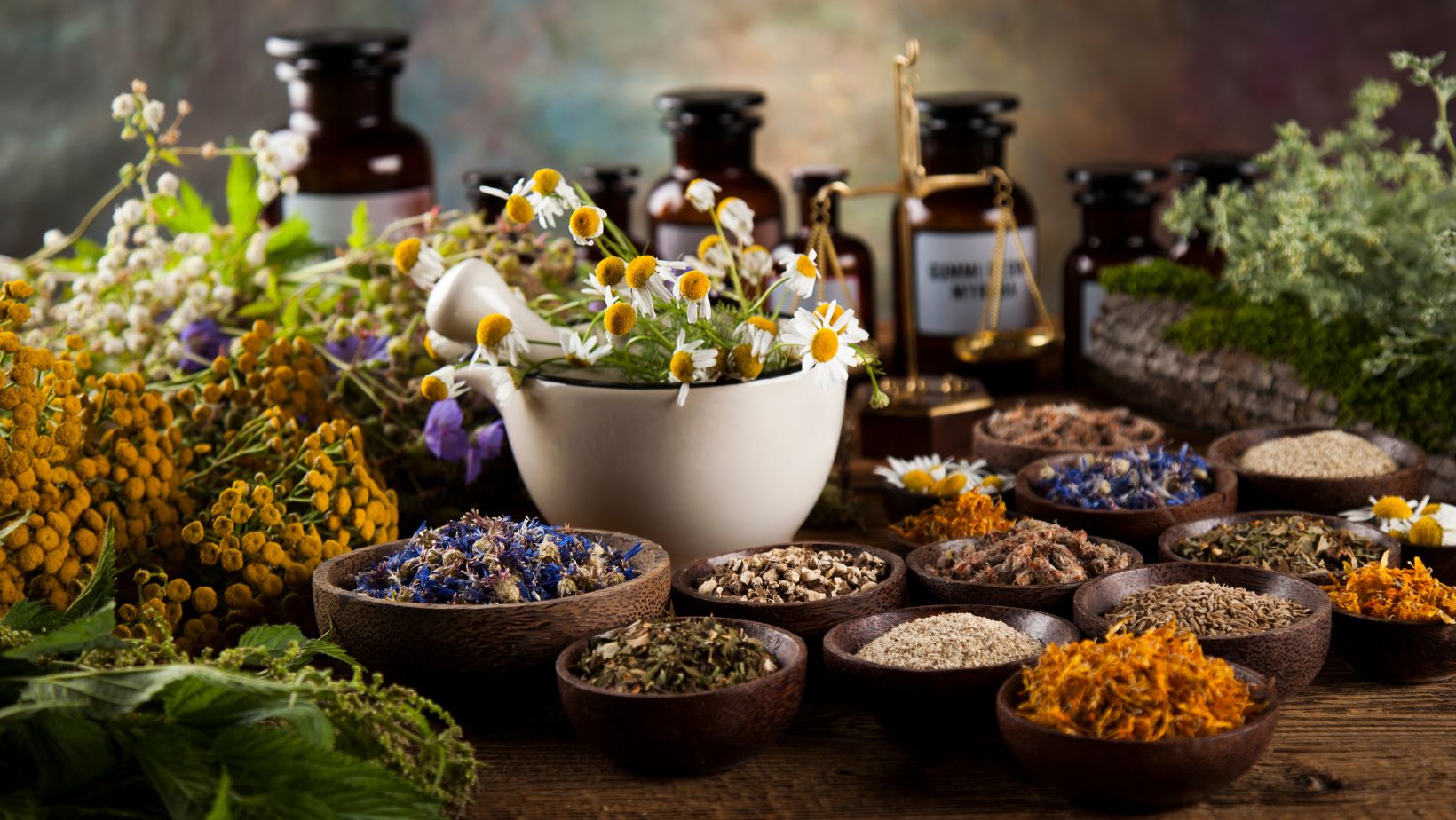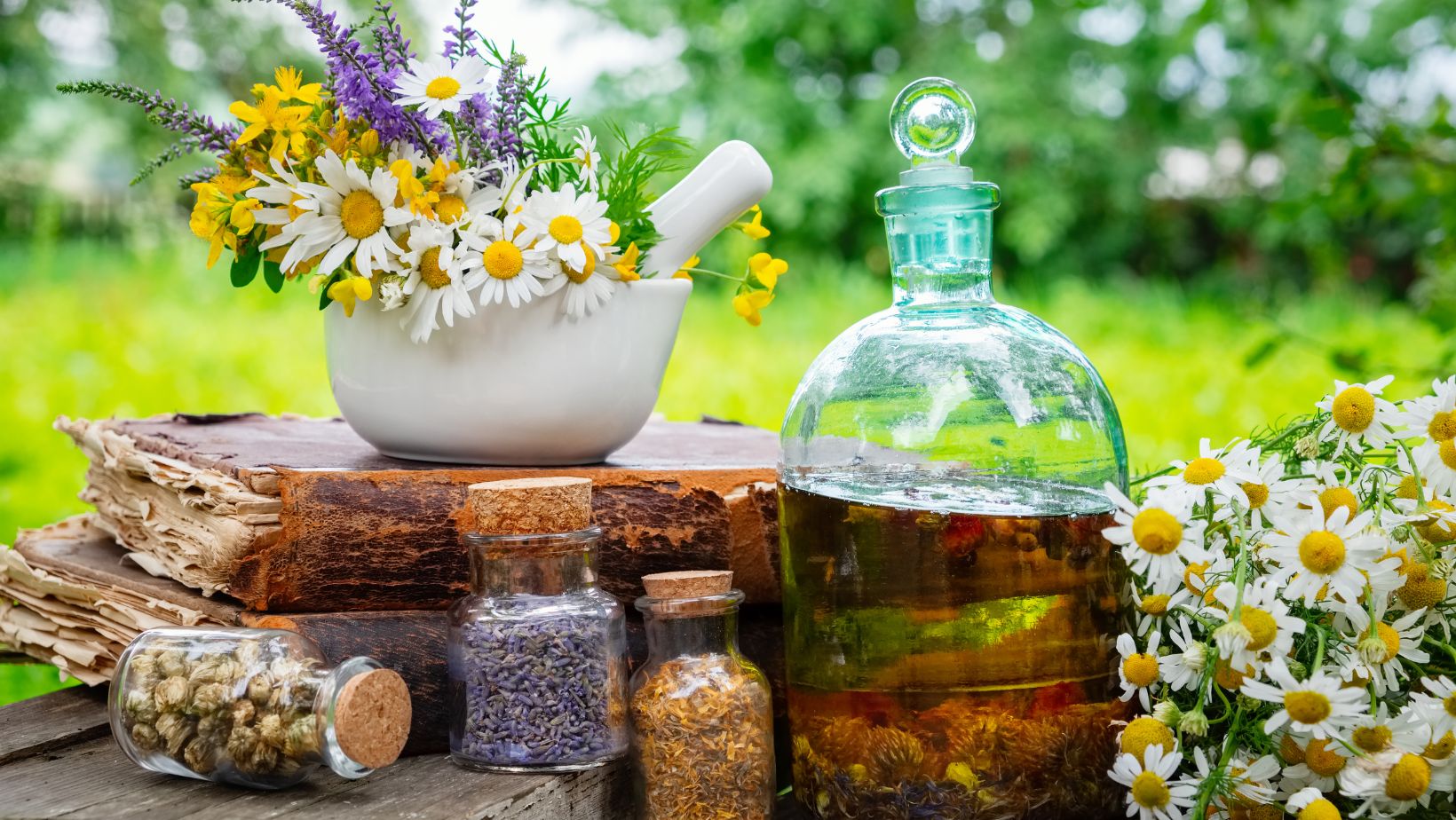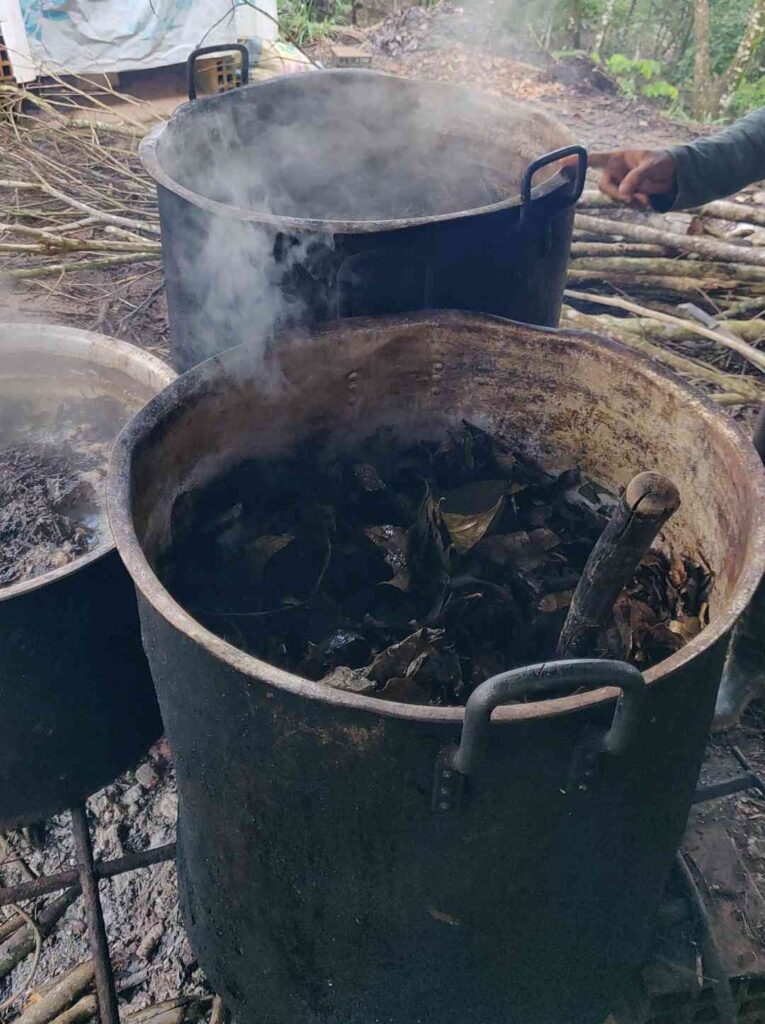Ever wondered what sets yagé apart from ayahuasca? Both names point to a sacred Amazonian brew used for healing, insight, and spiritual connection. In this guide, you’ll learn the origins, ingredients, and ceremonial traditions that make each brew unique. You’ll also get an inside look at what an authentic LaWayra retreat in Colombia offers. Let’s dive in!
Origins Of Ayahuasca
Ayahuasca (sometimes called yagé in parts of Colombia) has roots that stretch back thousands of years in the Amazon region. Archaeological finds suggest its use dates to between 4,000 and 8,000 years ago. Indigenous groups crafted the brew by combining a vine with a plant that contains DMT (dimethyltryptamine). Over time, the practice spread across Peru, Brazil, and Colombia, with each culture adding its own ceremonial style and songs.
Key origin details:
- Region: Amazon basin (Peru, Brazil, Colombia)
- Timeline: traditions going back around 4,000–8,000 years
- Early users: Quechua, Shuar, Huni Kuin, and other tribes
The ceremony became a communal ritual for healing, divination, and maintaining a link to ancestral wisdom.
Traditions Of Yagé
In Colombia, many people use the word yagé to refer to their local ayahuasca brew. While it shares the same vine base, yagé often swaps one ingredient for another. Instead of Psychotria viridis (chacruna), some shamans add Diplopterys cabrerana (chaliponga). This switch changes the alkaloid profile and gives yagé its own character.
At LaWayra retreat, the indigenous Taita and his family prepare pure, authentic yagé according to ancestral recipes and traditions. That lineage ensures you experience a brew cooked over open flame in the heart of the Colombian Amazon.
Ingredients And Preparation
Both brews center on the Banisteriopsis caapi vine. The variation comes from the second plant and the way shamans cook the mixture. Here is a quick look at how ayahuasca and yagé stack up:
Feature Ayahuasca Yagé Admixture plant Psychotria viridis (chacruna) Diplopterys cabrerana (chaliponga) Origin areas Peru, Brazil, Colombia Colombian Amazon Local names Ayahuasca, yagé Yagé Research support Studies on depression, anxiety, PTSD Preliminary findings on addiction, well-being Ceremony guides Various indigenous shamans Taita lineage shamans at LaWayra
Banisteriopsis Caapi Vine
The vine contains harmala alkaloids (MAO inhibitors) that make DMT orally active. Shamans harvest and strip the bark, then boil it for hours.
Chacruna Versus Chaliponga
- Chacruna (Psychotria viridis) supplies DMT.
- Chaliponga (Diplopterys cabrerana) offers a slightly different DMT ratio and minor alkaloids.
Brewing process basics
- Simmer shredded vine and leaves in water.
- Skim off foam, then filter the liquid.
- Repeat boiling cycles for stronger decoction.
The final drink is a dark, earthy brew that you’ll sip during ceremony.
Ceremonial Rituals Compared
While both ceremonies share a focus on healing and insight, the setting and rituals differ by region and lineage.
Shamanic guidance
- Ayahuasca ceremonies are led by shamans from various indigenous groups across the Amazon.
- Yagé rituals at LaWayra are guided by a Taita shaman and his family, who draw on a continuous lineage of ancestral wisdom.
Ceremony structure
Typical yagé ceremonies include:
- An opening call to spirit, often with icaros (healing songs).
- Sipping rounds of brew in a quiet maloca (ceremonial hut).
- Share circles after the experience to integrate insights.
Large ayahuasca rituals might host dozens of participants, while LaWayra caps group size at about 20 for deeper individual attention.
Dietary preparation
Both traditions stress diet and mindset. You’ll usually follow guidelines that include:
- Avoiding red meat, alcohol, caffeine, and processed foods.
- Refraining from certain medications and substances.
- Setting clear intentions for your journey.
These steps help prepare your body and mind for the medicine’s effects.
Therapeutic Benefits Overview
Research highlights ayahuasca’s potential to boost emotional processing and reduce negative thought patterns in conditions like depression, anxiety, and PTSD. Yagé, though less studied, is believed to offer similar therapeutic benefits and may help with addiction recovery and overall psychological well-being.
Potential benefits:
- Enhanced self-awareness and insight
- Emotional release and trauma processing
- Reduced symptoms of depression and anxiety
- Support for overcoming addictive behaviors
Research findings
Clinical studies on ayahuasca show increased activity in brain regions tied to emotion regulation and self-reflection. Early reports on yagé suggest comparable effects, but more formal trials are needed.
Emotional healing
Many participants describe a sense of catharsis during the ceremony. You may confront deep-seated fears, then emerge with a lighter emotional load.
Psychological insights
Guided by the shaman’s icaros, you navigate visions and personal revelations that can reshape your outlook on life.
Global Legal Status
The legal view of these brews varies widely around the world.
South America
- In Brazil, ayahuasca is legal for ritual use within certain religious groups.
- In Colombia, both ayahuasca and yagé are accepted for traditional ceremonies.
Outside South America
- Many countries classify DMT-containing brews as illegal due to their psychoactive properties.
- Exceptions exist for some churches or spiritual organizations that secure religious exemptions.
Always check local regulations before planning travel or ceremony participation.
Lawayra Retreat Experience
If you’re seeking an authentic yagé journey, LaWayra offers a family-founded, family-run setting just south of Medellín. LaWayra aims to make these transformative ceremonies accessible without cutting corners on tradition.
What to expect
- Intimate groups of about 20 like-minded people.
- Three monthly retreats, ranging from four to eighteen days.
- A supportive community that often stays connected long after the retreat ends.
How to prepare
Before you arrive, the LaWayra team sends a detailed intake form covering medications and mental health history. You’ll then get step-by-step dietary and lifestyle guidelines to ensure safety and openness during ceremonies.
Retreat logistics
- Location: near Fredonia, Colombia, one hour south of Medellín.
- Shuttle: provided from José María Córdova International Airport (MDE).
- Calendar: retreats scheduled up to six months in advance.
LaWayra’s Taita shaman and his family cook each batch of yagé on-site, honoring ancestral practices while giving you a safe, supportive container for your experience.
Key Takeaways
- Ayahuasca and yagé share a vine base but differ in their admixture plant and lineage traditions.
- Yagé at LaWayra uses chaliponga with guidance from indigenous Taita shamans.
- Both brews offer deep healing, emotional release, and personal insights.
- Legal status depends on location, so always verify local regulations.
- LaWayra retreat blends authenticity, affordability, and small-group intimacy.

Ready to explore the difference firsthand? Share your thoughts in the comments below or pass this guide along to a friend curious about these sacred medicines.
